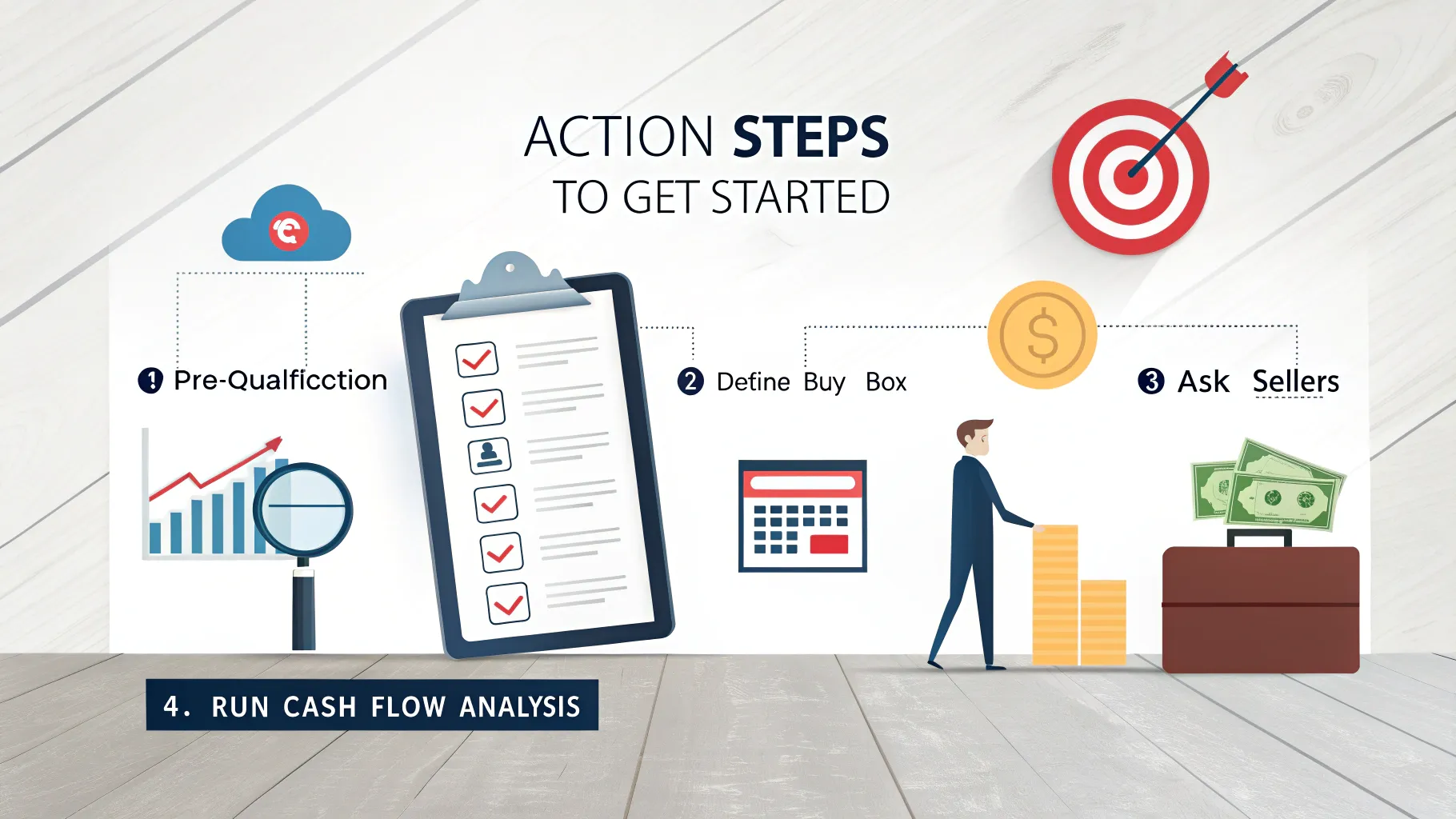Business Ownership Coach | Investor Financing Podcast is about practical strategies that let entrepreneurs close larger deals without draining savings. One of the most powerful combinations is pairing an SBA loan with seller financing. That pairing is the reason many buyers are now acquiring million-dollar businesses with as little as 10% down, and it is a model worth understanding if your goal is to own rather than rent your future cash flow.
Why combine SBA loans with seller financing?

When sellers carry part of the purchase price, they are effectively providing a second loan to the buyer. Lenders typically take the first position and the seller accepts a junior position. That structure unlocks three things buyers want most: higher leverage, lower immediate cash outlay, and creative payment terms that ease monthly obligations.
Sellers often prefer to carry a portion of the sale because it helps secure a higher sale price and provides tax advantages through installment reporting. From the buyer side, a seller note can reduce monthly debt service and increase the deal’s likelihood of closing.
How the numbers actually work
Here is a simple breakdown using a $1,000,000 purchase price:
- SBA financing: If underwriting allows, the SBA can finance up to 90% of the deal based on cash flow analysis from the seller’s tax returns.
- Seller carryback: Buyers often ask sellers to carry 10% to 20% of the price. That junior note can be structured at a lower interest rate or with deferred payments to make monthly obligations manageable.
- Buyer equity: With creative structuring—such as combining an SBA senior loan and seller standby notes—buyers can sometimes enter with only 10% down or even less if family gifts or other acceptable sources cover the injection.
The SBA loan will be in the senior lien position, usually with a UCC filing. Seller notes sit behind that and can be structured with interest-only periods, full standby (no payments for a set time), or installment payments. Structuring the seller note with a portion on standby can take it out of the debt service coverage calculation, which improves the cash flow profile for SBA underwriting.

Typical SBA loan terms and interest considerations
SBA loan interest rates are tied to an index plus a margin. For example, Wall Street Journal prime rate plus a lender margin will determine the fully indexed rate. Depending on borrower strength and deal quality, margins vary; some borrowers pay prime plus 1.5 while others may see higher spreads.
Meanwhile, seller financing is highly negotiable. Sellers sometimes agree to 6–7% fixed rates to keep monthly payments low and to make the combined debt service more palatable for the buyer. That flexibility is what turns a good opportunity into a fundable transaction.
Real-world example: How seller financing closed the gap
One recent deal demonstrates the power of combining financing sources. The purchase price was just over $1,000,000. The seller agreed to carry $200,000. Of that amount, 5% of the seller carryback was placed on full standby—no payments for the loan term. That standby treatment removed that portion from the debt service calculation, allowing SBA underwriting to accept the deal’s cash flow.
The buyer’s required equity injection dropped to roughly $80,000 instead of $120,000 because of the two seller notes, one on standby and one with an interest-only period. The buyer even used a gift from family for the remaining down payment, effectively entering the deal with no personal cash at close.

Common pitfalls and lender red flags
Not every business qualifies. Common reasons a combined SBA plus seller-financing transaction fails include:
- Poor cash flow: SBA underwriting relies on normalized cash flow from tax returns. Excessive seller write-offs, personal expenses reported as business deductions, or volatile earnings can prevent approval.
- Ineligible business types: Certain industries are off-limits, including some that are federally regulated or involve restricted activities.
- Seller willingness: Some sellers do not want ongoing exposure to performance risk or prefer full cash at closing. Negotiation and demonstrating buyer competence can change that.
Underwriters will scrutinize add-backs and require substantiation. When sellers try to inflate earnings by adding back personal expenses, the lender will only allow specific adjustments listed in underwriting guidelines.

How to prepare so you qualify
To be a competitive buyer for an SBA plus seller-financing deal, focus on these items:
- Credit and personal financials: Aim for a strong credit score (generally 700+). Lenders will also want to see global cash flow sufficient to cover living expenses and loan obligations.
- Transferable experience: Demonstrate industry knowledge or management experience that reduces the risk of the transition.
- Buy box and targeted search: Establish clear acquisition criteria so you can evaluate opportunities quickly and present offers that sellers will take seriously.
- Organize documents: Be ready with personal tax returns, a resume, and the seller’s business tax returns for the last three years, year-to-date profit and loss, and a balance sheet. That’s what lenders use for the initial cash flow analysis and to issue term sheets.
Negotiation tips for getting sellers to carry
Most sellers who carry are motivated by either tax planning or achieving a higher sale price. Keep these tactics in mind:
- Offer a reasonable interest rate on the seller note and propose an installment structure that suits the seller’s tax goals.
- Show evidence of your ability to run the business: a concise transition plan, your resume, and a realistic post-close cash flow forecast.
- Propose a split note strategy: part standby to improve DCR, part interest-only to reduce near-term payments, and part amortizing to provide seller cash flow.

Action steps to get started
If you want to pursue this path, start with these concrete actions:
- Get a simple pre-qualification: personal tax returns, a resume showing transferable experience, and a credit snapshot.
- Define your buy box so you can move quickly when you find a listing.
- Ask sellers early whether they are open to carry and discuss what term structure would make sense for both parties.
- Run a cash flow analysis using the seller’s historical tax returns to understand realistic financing capacity and to craft an offer that will pass underwriting.
Final thoughts

Combining SBA loans with seller financing is a proven, creative way to buy businesses with limited capital. It requires preparation, clear communication, and an understanding of how lenders evaluate cash flow. When structured properly, the approach aligns incentives: buyers preserve capital, sellers secure long-term income and tax benefits, and lenders get a deal backed by verified cash flow.
Business Ownership Coach | Investor Financing Podcast explores these strategies regularly. If your objective is to own a business without emptying your savings, mastering the mix of SBA financing and seller carrybacks should be near the top of your playbook.

